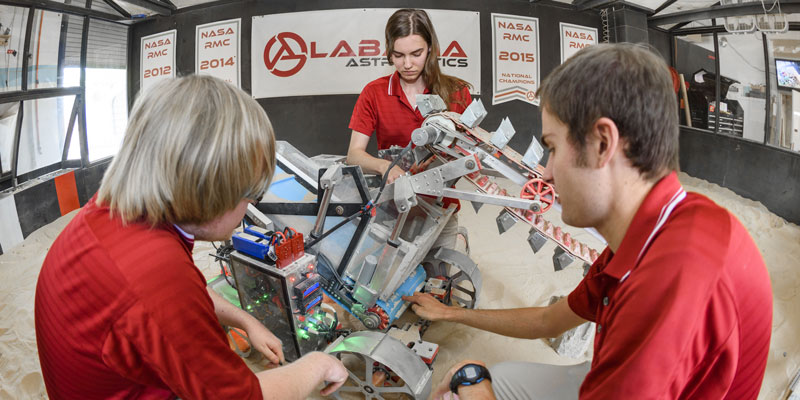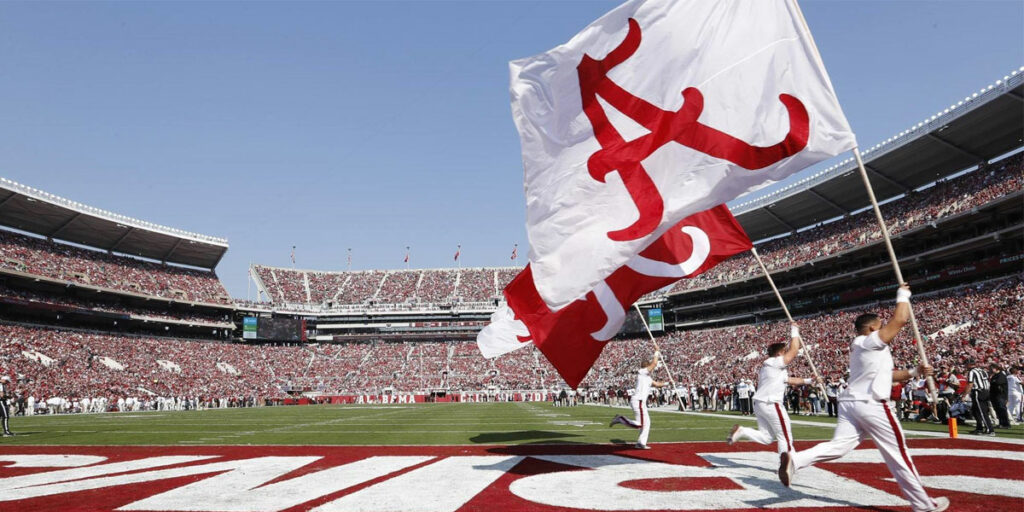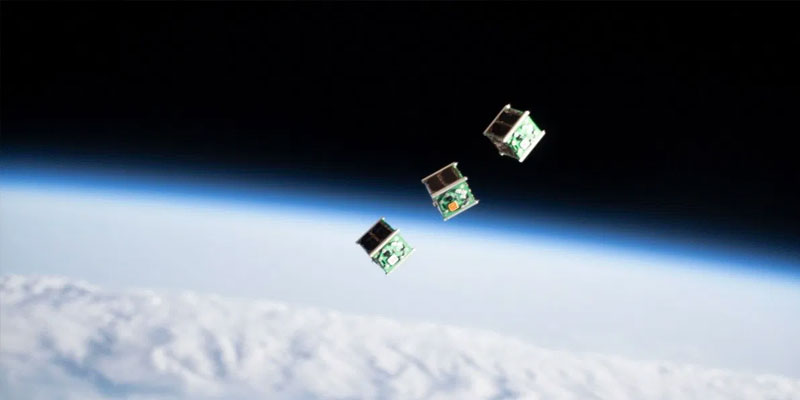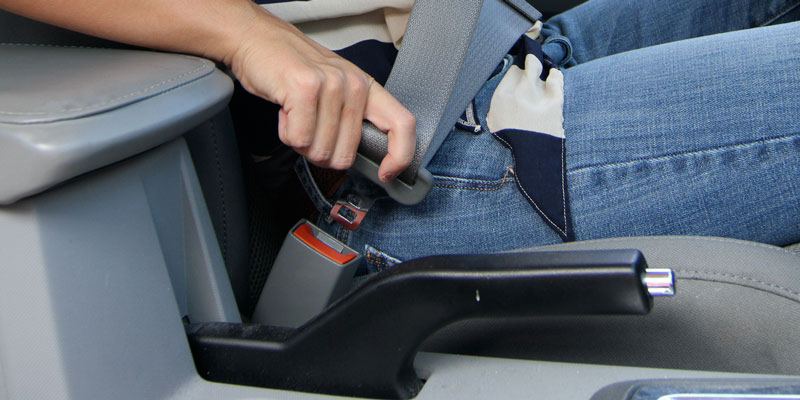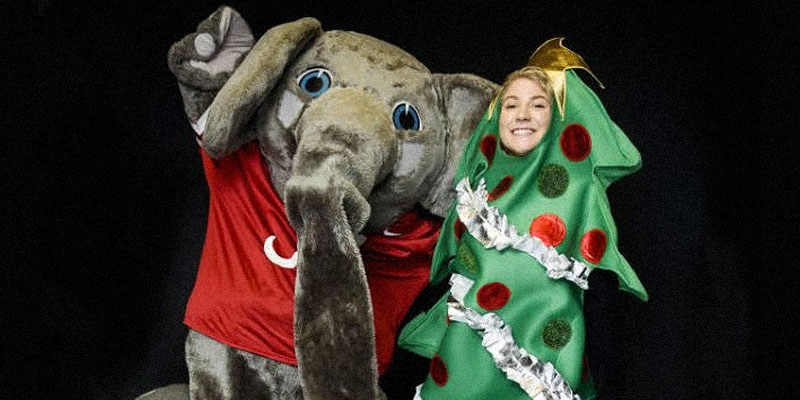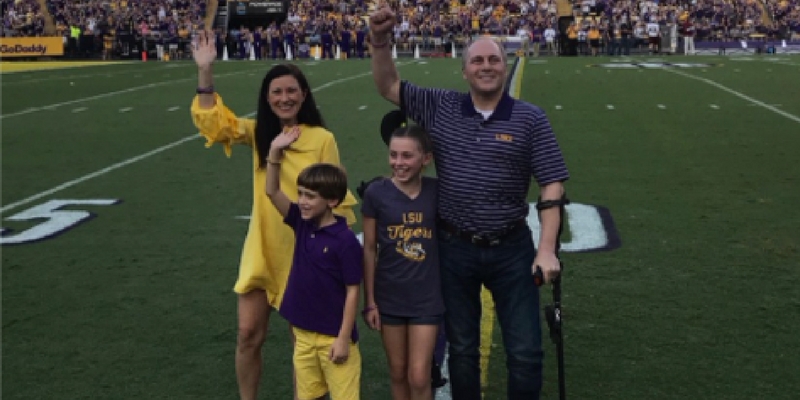Make it four in a row.
University of Alabama students who competed in a NASA robotics contest came away with the top prize again, making it four straight years for the team from UA to win.
Alabama Astrobotics took the top prize at the NASA Robotic Mining Competition, besting student teams from more than 50 other institutions in the challenge to build a robot capable of navigating and excavating simulated Martian soil, or regolith.
Made up of about 65 students from across eight disciplines including engineering and computer science, Alabama Astrobotics is the only team to win more than once in the nine-year history of the NASA contest, placing first in 2012, 2015, 2016, 2017 and, now, 2018.
“Our team is just like a football team, you have seniors who graduate at the end and you have new people coming in at the beginning, so every year it’s a completely different team,” said team lead and electrical engineering student Max Eastepp. “For us to be successful this year says a lot for this team and says a lot for how we adapt to new challenges each year.”
Eastepp, a native of New Orleans, said teamwork is critical as students worked from July through the contest this month to design the robot and tackle the new problem NASA presented this year.
Contest organizers revised the rules and rubrics this year to reflect the discovery that water ice is prevalent throughout the Red Planet. The challenge is to mine the precious icy regolith, simulated with gravel in the contest, since water ice will provide oxygen, water and fuel for future off-world colonists.
What that meant for the contest, though, is no points were awarded to teams for digging the top foot of regolith. Teams earned points for collecting the gravel 12 inches below the surface.
UA’s robot mined more of the gravel than any other team in the contest, with many teams failing to mine any gravel.
Also, Alabama Astrobotics was the only team with a robot that competed entirely autonomously, meaning the robot used computer programming to guide itself, mine and deposit the soil and gravel without any directions from students during the contest.
The team placed first in five of nine categories: mining, autonomy, systems engineering paper, efficient use of communications power and outreach reports. In all, the students won $11,000 for use on next year’s robot.
Dr. Kenneth Ricks, team adviser and associate professor of electrical and computer engineering, said the team’s consistent success comes from a culture of sticking to a plan – meeting deadlines, testing thoroughly before competition and paying attention to detail.
“We know what needs to be done and when it needs to be done,” he said. “If our students buy into that process, they know they will have opportunities to be successful.”
The team received funding from the Alabama Space Grant Consortium, NASA, Dynetics, Fitz-Thors Engineering, Crank N Chrome and the university.
(Courtesy of University of Alabama)




